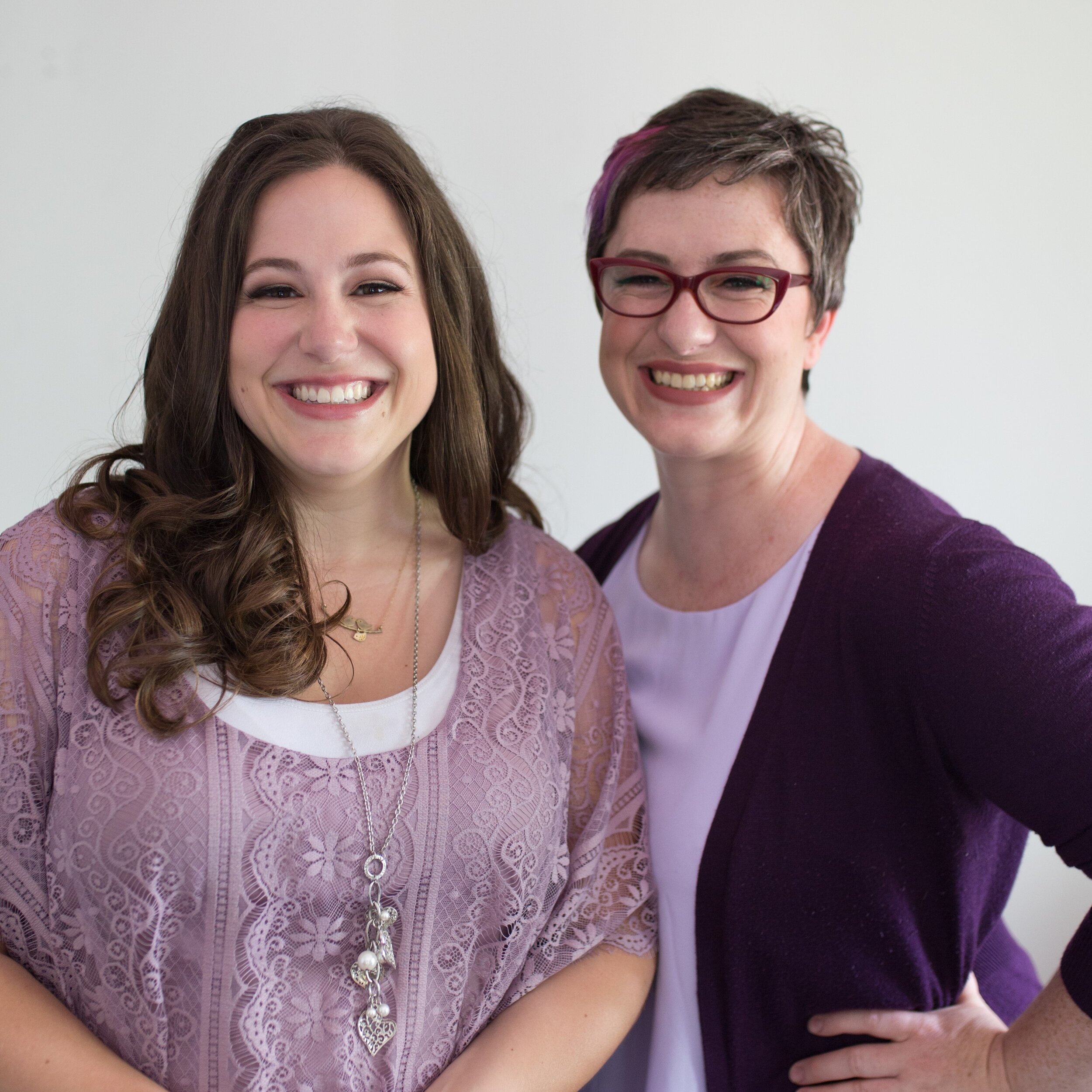Considering Home
“Stepping out your front door is the first intervention in birth.” ~ Unknown
I imagine that folks may have strong reactions to that statement. Perhaps it feels confronting, or perhaps it feels obvious.
How it feels to you will depend a lot on the stories you’ve heard about birth your whole life.
The stories your parents told, your grandparents told, the stories you saw on tv or in movies, the stories your friends have told, what you’ve read on the internet or heard in podcasts, and the stories your maternity care provider has taken in and in return shares with you. All of these stories combine to create the story you personally believe about birth – about what makes it safe, or not safe, about what makes a birth “good” or “bad”.
Image description: a black and white image of a newborn wrapped in a stripped blanket and wearing a stripped cap. They’re laying on their back on a woven blanket and their right arm has escaped from the stripped blanket and is reaching above their head.
In our culture, the overarching story we’re told about birth is that it’s inherently dangerous and is best conducted under the watchful eye of medical personnel in a medical setting. That the safest way to birth is through active management of the entire process.
But is that true? What does the evidence say about the safety of various birth settings?
In Canada, birthing in the home setting with a registered midwife has been shown to have outcomes equal to or better than birthing in a hospital with a registered midwife, which in turn is better than physician-led birth in the hospital setting (Hutton et al., 2009; Hutton et al., 2016; Janssen et al,, 2009).
The SOGC (Society of Obstetricians and Gynaecologists of Canada), in their Statement on Planned Homebirth, says “In Canada, planning a homebirth with a registered midwife or an appropriately trained physician in the integrated system described is a reasonable choice for persons with low degree of risk where the birth is anticipated to be uncomplicated and neither mother nor neonate will require resources beyond the local capacity.” (2019) (Emphasis mine)
The evidence is solid and yet the story we’re told, over and over again, is that it’s unsafe to birth at home. That it’s irresponsible. That no “good” parent would take the risk.
But if the evidence tells us that birthing at home is AS SAFE AS (or, in some cases, SAFER THAN) birthing in hospital, that there’s less need for intervention, and that people have more positive experiences, why aren’t we talking about the risks of birthing in hospital? Why is the story that home birth is dangerous?
Where you choose to birth and with whom is a decision that packs a powerful wallop of influence on your birth experience and birth outcomes.
Don’t get me wrong – I’m NOT saying that birthing at home guarantees a specific outcome (that’s not how statistics works).
I AM saying that when it comes to influencing birth and stacking the deck in your favour of having a safe, healthy, and positive birth experience, it’s at least worth genuinely considering the possibility of home birth.
At the end of the day, as a doula, I’m not attached to your decision about where you birth your baby. I’ll support whatever decision you make, period. What I do want is to make sure you have the information you need to make a decision you feel is best for you.
Obviously, there’re a lot of variables that go into the decision on where and with whom you’ll be birthing your baby (and not all of those variables are within your power to control - including whether or not you even have access to a care provider that is trained and experienced in supporting home birth). I’m not saying everyone should birth at home, or that it’s the best decision for everyone.
I’m just saying that maybe home birth’s not as bananas an option as we’ve been lead to believe. That maybe, just maybe, it’s worth thinking about. ❤️
References
Campbell, K., Carson, G., Azzam, H., & Hutton, E. (2019). No. 372-Statement on Planned Homebirth. Journal of Obstetrics and Gynaecology Canada, 41(2), 223–227. https://doi.org/10.1016/j.jogc.2018.08.008
Hutton, E. K., Cappelletti, A., Reitsma, A. H., Simioni, J., Horne, J., McGregor, C., & Ahmed, R. J. (2016). Outcomes Associated With Planned Place of Birth Among Women With Low-Risk Pregnancies. Obstetrical & Gynecological Survey, 71(4), 205–206. https://doi.org/10.1097/01.ogx.0000481815.84386.6d
Hutton, E. K., Reitsma, A. H., & Kaufman, K. (2009). Outcomes Associated with Planned Home and Planned Hospital Births in Low-Risk Women Attended by Midwives in Ontario, Canada, 2003–2006: A Retrospective Cohort Study. Birth, 36(3), 180–189. https://doi.org/10.1111/j.1523-536x.2009.00322.x
Janssen, P. A., Saxell, L., Page, L. A., Klein, M. C., Liston, R. M., & Lee, S. K. (2009). Outcomes of planned home birth with registered midwife versus planned hospital birth with midwife or physician. Canadian Medical Association Journal, 181(6–7), 377–383. https://doi.org/10.1503/cmaj.081869





